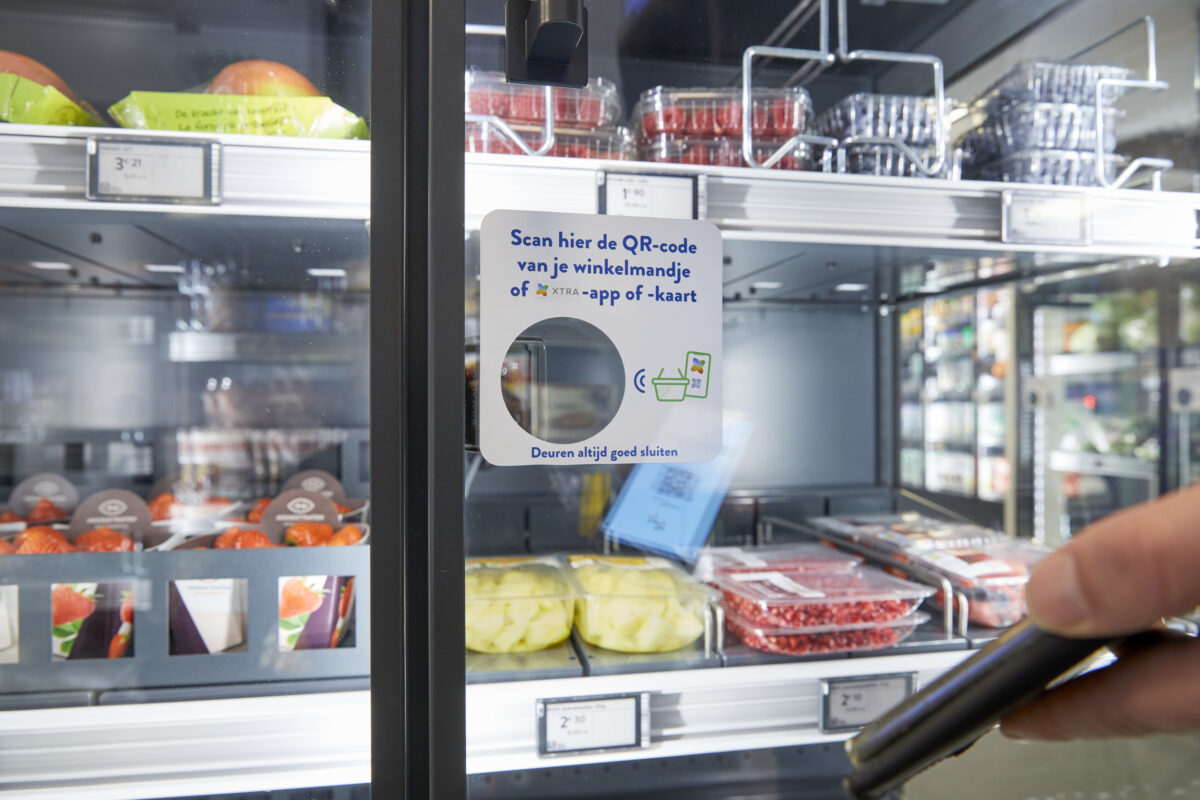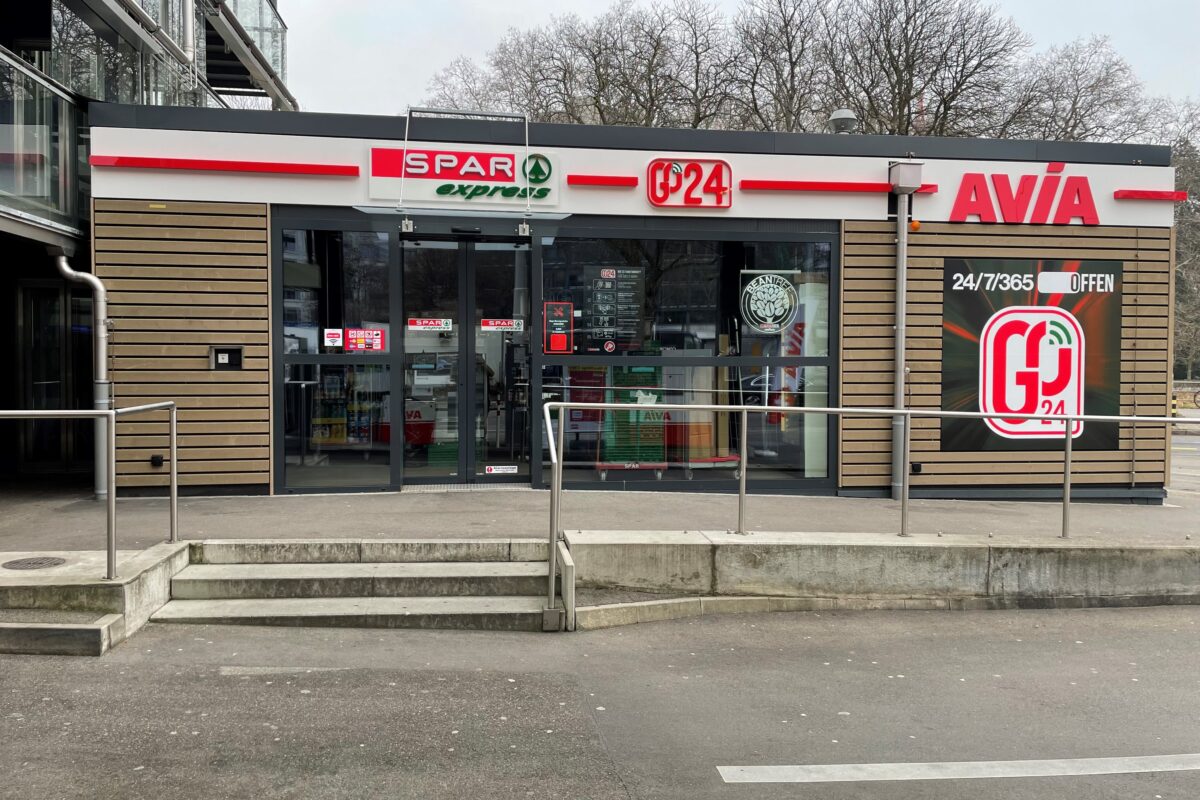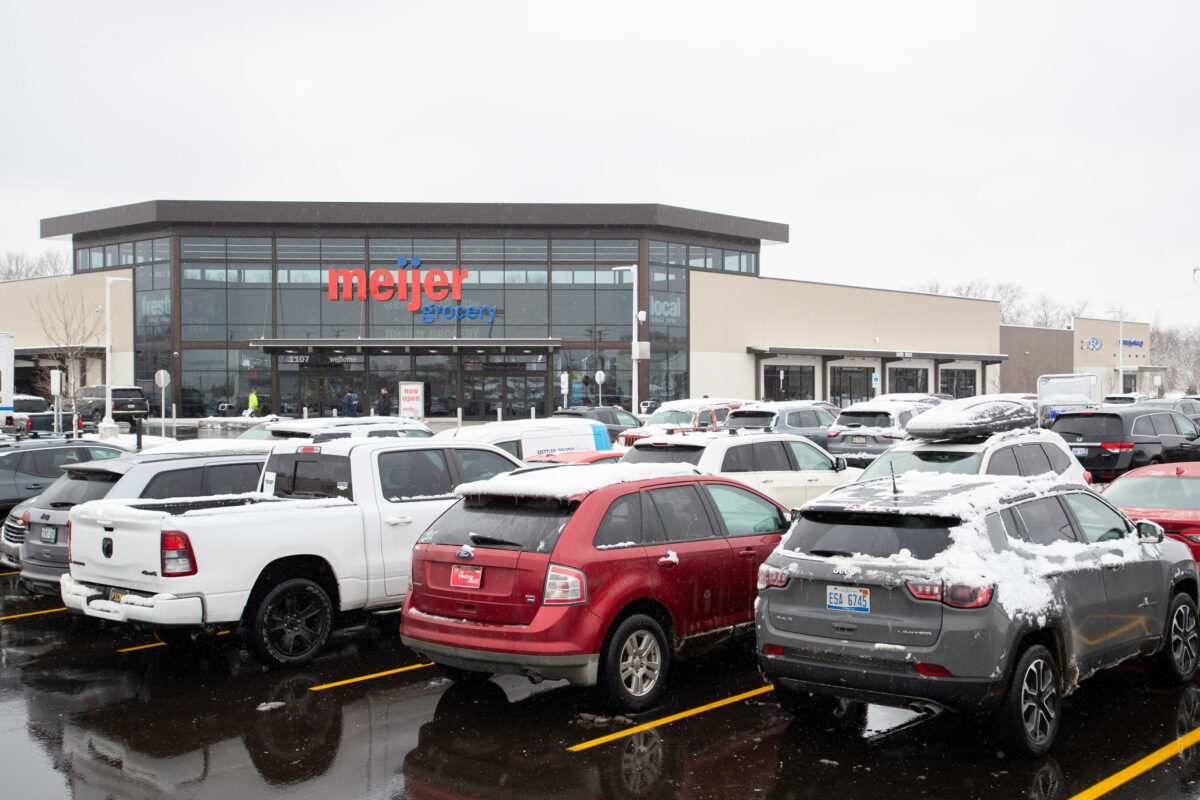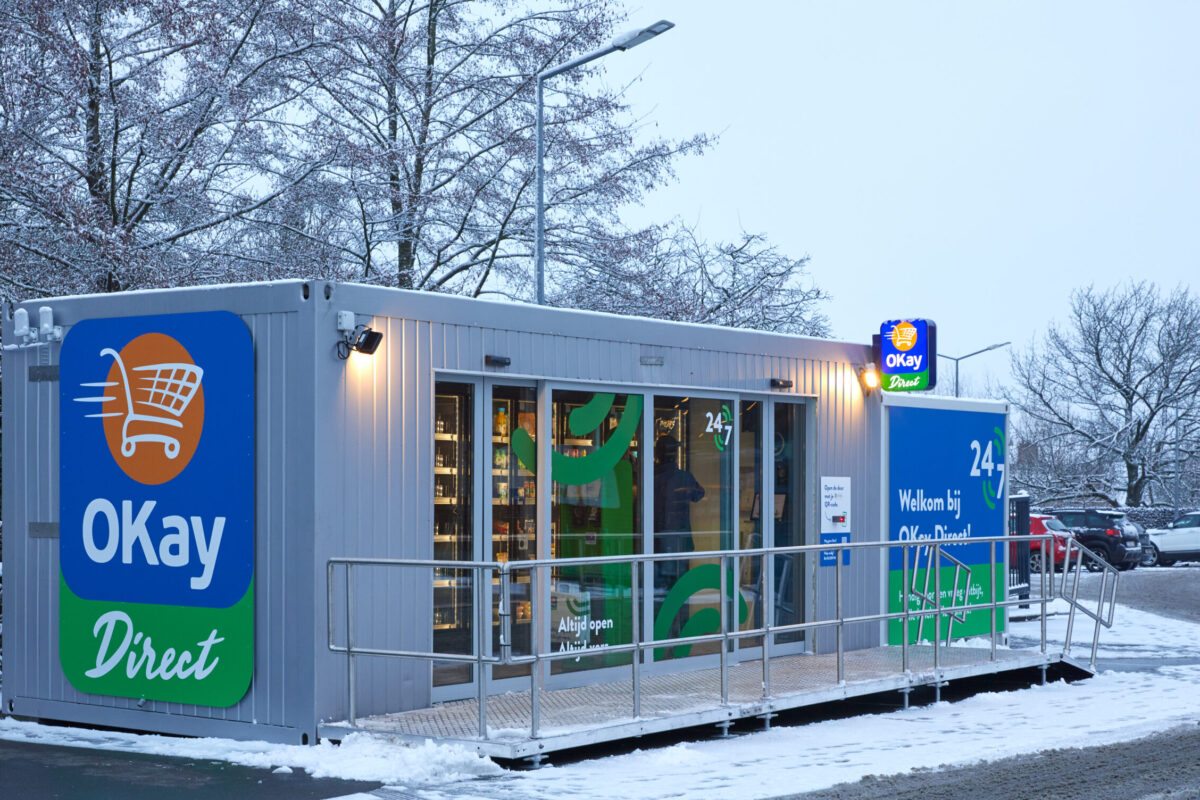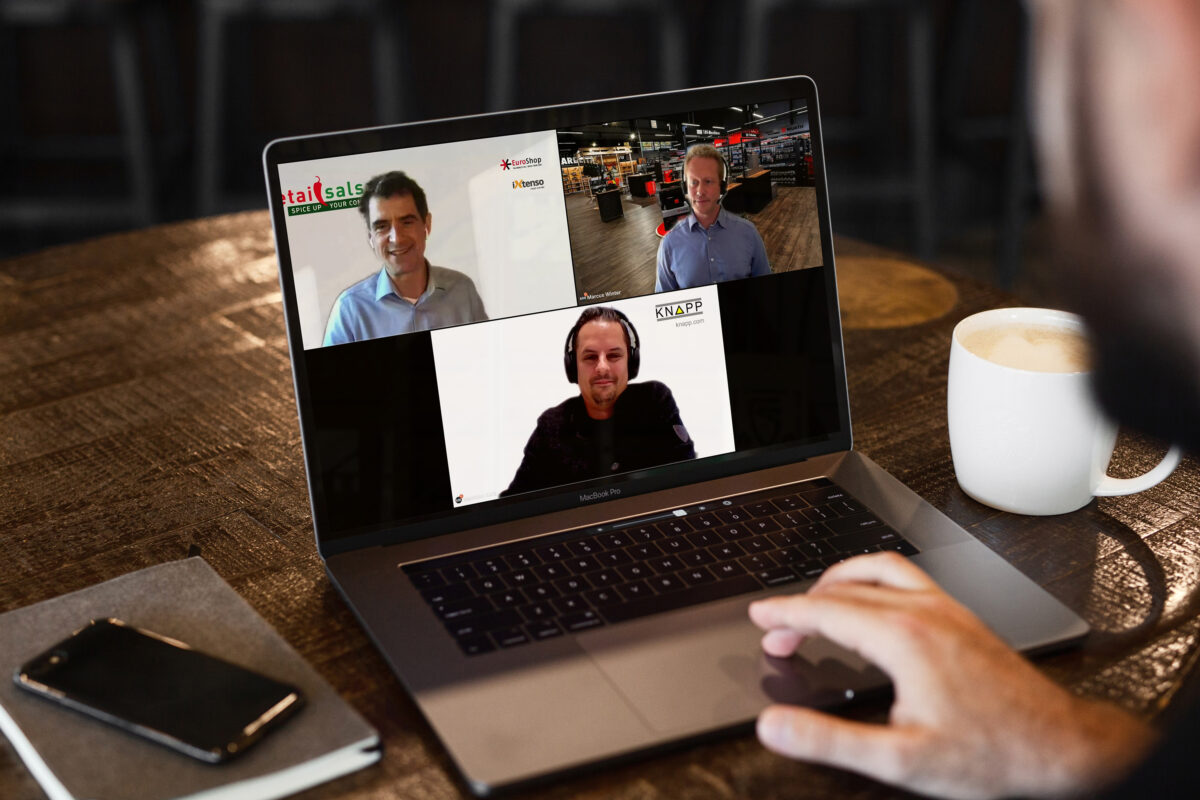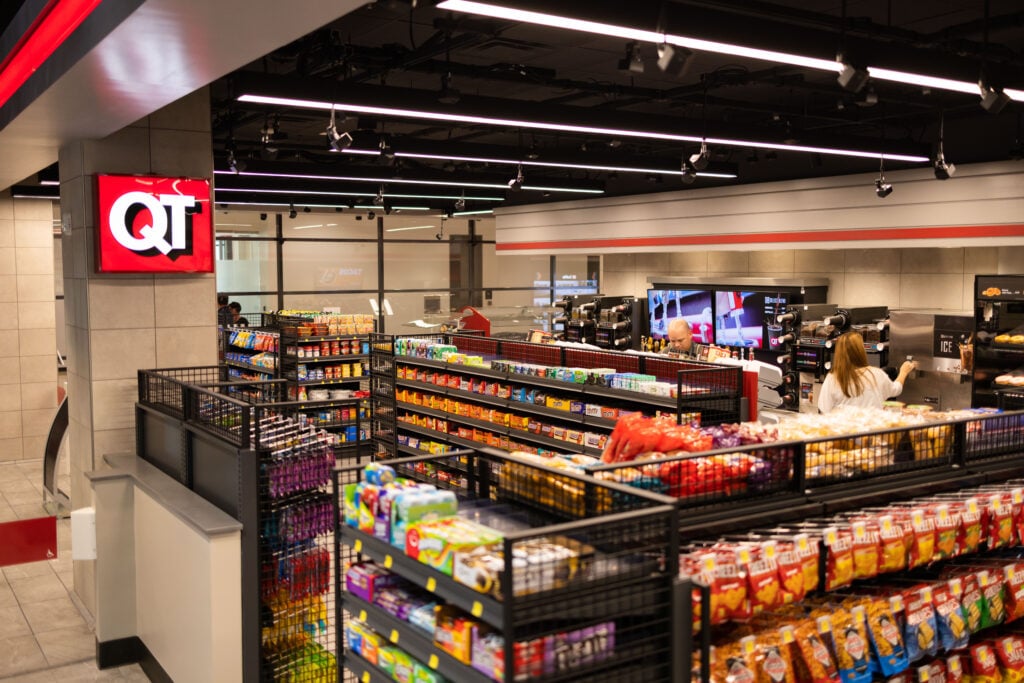COVID-19 pandemic drives self-service technology
(exclusively for EuroShop.mag)
In 2019 global retail saw the record number of approximately 120,000 new self-service checkout terminals being installed – some 50% more than just a year ago. The dynamic growth of this market is also set to continue in future – London-based market research and consultancy firm RBR anticipates that the number of units installed worldwide will as much as triple by 2025.
According to RBB, the global COVID-19 pandemic will not change this trend either. Quite on the contrary: “The aim of keeping close interaction between shoppers and staff to a minimum, will drive self-service even further,” says Alan Burt, Head of the ‘Global EPOS and Self-Checkout 2020’ Study published by RBR.
This view is also shared by technology providers based on their experiences over the past few months. “Consumer demand for independent shopping and check-out processes has increased meaning that retailers are more prepared to install self-service solutions than before Corona,” observes Gernot Hugl, Vice President Retail DACH at Diebold Nixdorf, and goes on to say: “The pandemic has fuelled demand worldwide because self-checkout and self-scanning offer retailers an ideal technological solution for observing distancing rules and reducing contacts between shoppers and staff,” adds Stefan Clemens, Area Sales Leader at NCR.
Strong growth on all continents
US retailers continue to be the main drivers of this development – even before the pandemic. There are many companies such as supermarket chain Wegmans and wholesaler Costco that rolled out self-service technology to further sales outlets in 2019. Add to this, numerous newcomers such as convenience chain Fast Phil’s.
According to RBR, the number of installed self-service terminals in America was up by some 49%, in the Asia-Pacific region by 32% (in both 2019 and 2018). In Europe the number of new terminal installations has almost doubled by comparison, albeit from significantly lower absolute levels: 2019 saw 94% more self-service units being installed in the EMEA region than in the previous year.
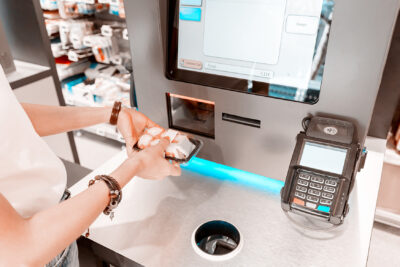
© PantherMedia/frantic00
“Retail in France, Holland, Russia and Eastern Europe posts especially high growth rates,” reports Stefan Clemens of NCR. And even German retailers, who are traditionally more reserved when it comes to self-service technology, have contributed to these figures. Compared to August 2017 levels the number of physical self-checkout systems in Germany rose by approximately 85% by mid-2019. At that point in time about 4,760 self-checkout systems were in use at over 900 stores. As before, most terminals available for shoppers are located at Ikea furniture stores. These are followed in the ranking by the Edeka group, Kaufland and Rewe Group. Besides the food sector and Ikea, self-checkout systems can also be found at DIY stores Bauhaus and Hornbach.
Cologne-based research institute EHI, which collects the data for Germany, expects this number to continue rising markedly. “Shoppers’ acceptance of self-checkout systems will definitely allow other enterprises to also offer this service in the near future,” says EHI Project Director Frank Horst.
This also applies to the mobile version of self-service systems where shoppers scan their purchases right at the shelf using their own smartphones or the hand-held devices made available by the retailer. In Germany this solution now also seems to be awakening from its “sleeping beauty” status. After all, the number of installations rose by 134% between 2017 and 2019 – albeit from a very low base figure here, too. The main driver for this is self-service department and DIY store operator Globus that is equipping the majority of its stores with this technology.
Interest in hygienic solutions

© PantherMedia/dmitrimaruta
NCR is the technology provider with the highest number of installations worldwide. NCR also plays a major role in the systems newly delivered in 2019, accounting for a share of 47% and some 58,000 delivered units. NCR’s retail customers include US giant Walmart, the British food multiple Sainsbury’s, the Polish discount chain Biodronka and the Salling Group in Denmark. These are followed by Toshiba (24% of installations) as well as CCL Technology and Diebold Nixdorf (7% each of the 2019 installations). Self-service terminals by Diebold Nixdorf can be found at Ikea, Lidl UK, Coop UK, Carrefour and C&A as well as at the German retail groups Edeka and Bünting. Likewise, smaller providers such as Fujitsu cooperate with household retail names such as Target, Home Depot, JMR and S Group.
“The interest taken in more progressive solutions that no longer require touching a screen, handling cash or entering a PIN code is high,” says Keith Gornall, Head of Self Service Solutions at Fujitsu.
And customisation is also gaining increasing importance. “Retailers are not prepared to simply adapt the processes developed by providers – this means we have to flexibly account for their and their shoppers’ habits,” explains Christoph von Lingen, Country Sales Leader Retail at Toshiba.
Providers could also show some flexibility when discussing investment costs. After all, economies of scale, i.e. the constantly rising number of sold units, can widen manufacturers’ scope for price negotiations. The COVID-19 pandemic of all things could contribute to making retailers’ investment costs for self-service systems somewhat more manageable. Because cash quotas are dwindling drastically worldwide as more and more consumers prefer more hygienic payment methods by card or smartphone. This means that fewer self-service terminals would have to be equipped with the expensive and often high-maintenance cash modules in the medium term.






